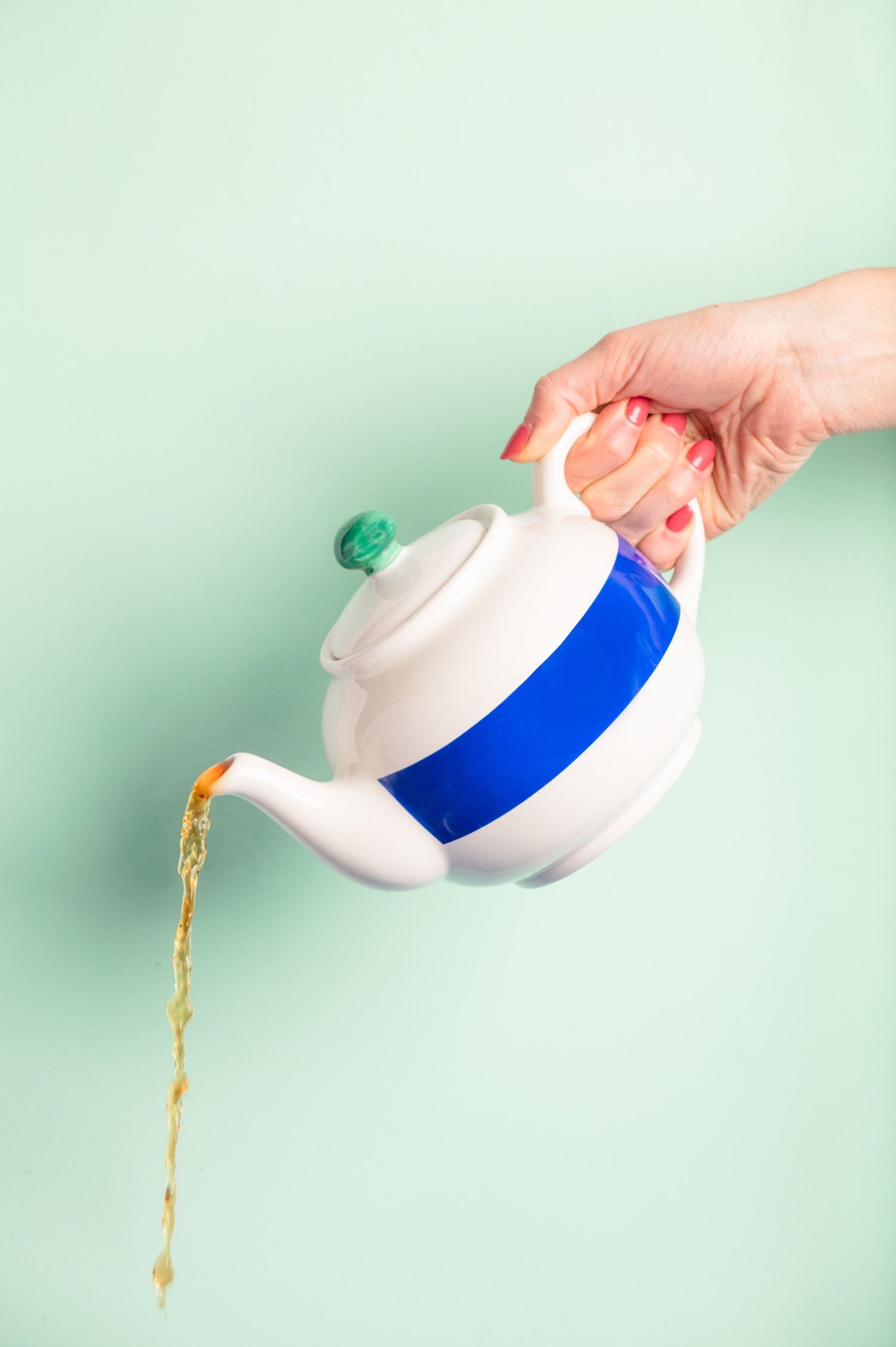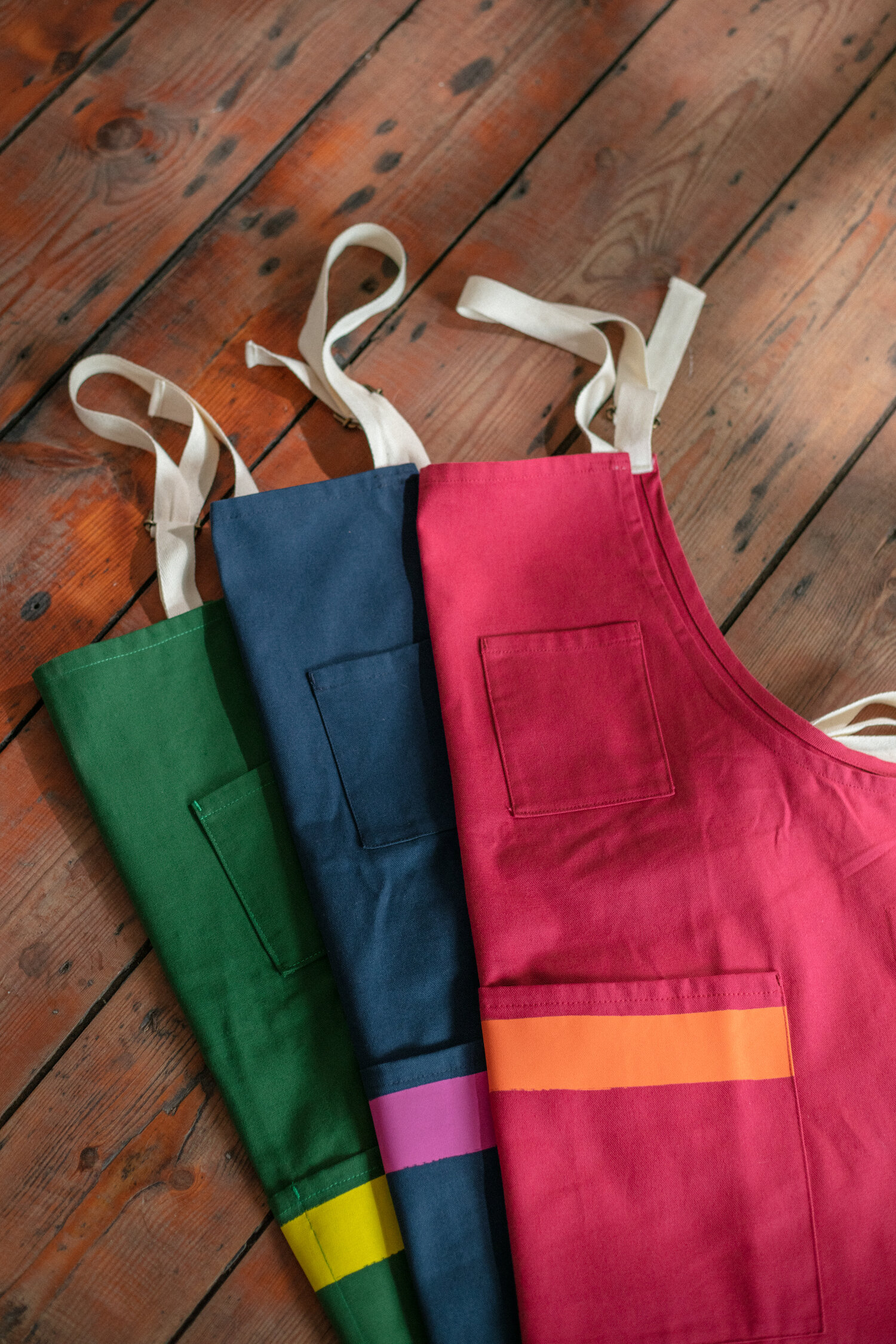Some Good Mugs: Hand-Made in Stoke-on-Trent
Interview by Jimmy SandisonMark Garwood is the owner, founder and due to Covid, currently one of the two employees of Global Bisque, who made our fantastic mugs.
Mark moved to Stoke-on-Trent -once the ceramic centre of the world- 24 years ago, where he worked for the Home Office for 14 years until he was suddenly made redundant. Influenced by the rich ceramic heritage that he was surrounded by, Mark took up pottery as a way to fill his time while looking for a new job.
He soon realised that there was a shortage for bisqueware (unglazed pottery that has been fired to a low temperature) and thought, “I could do that”.
A self-taught ceramist, Mark’s dedication to the craft is keeping traditional techniques alive.
Some Good Ideas: Can you set the scene for us, Mark? What does your workshop look like?
Mark, Global Bisque: Very traditional. The building is 18th century, it’s stone brick built. It’s like you’re stepping back in time; there’s nothing modern in here. All the tools we use, all the equipment we use is all is really, really old. There's nothing in the factory that’s less than 100 years old. All the equipment is big, heavy cast iron, original equipment.
SGI: You used a traditional jigger jolly to create our mugs. What is a jigger jolly?
Mark, Global Bisque: It’s an ancient machine that makes tableware, cups and bowels.
A jigger is a plate; anything made with an external profile is a jigger. Anything with an internal profile like a cup or a bowl is a jolly. So, we jigger and jolly our cups and bowls and plates. It’s a technique that’s been around for hundreds and hundreds of years.
SGI: Can you talk us through the whole process of how you made our mugs?
Mark, Global Bisque: We start off with a pliable and malleable clay, we ball it up and knock out the air. This process is done by hand. That ball of clay is put into a mould, which is then put on the jigger jolly machine and the cup is then jollied. The mould is then set to one side, until the piece has dried. Then on a separate mould, we slip-cast the handle. Slip casting is a process of casting intricate moulds with liquid clay that is called slip.
“It takes five days to manufacture one mug in this process. People don't realise the time that goes into making a single piece.”
After another full day of drying, we stick the handle to the mug by hand using the slip.
Then we let it dry again and fire it to what's called bisqueware.
Next, we dip it in a clay glaze, and we fire it again. When that comes out the kiln, we apply the lithograph -which is the pattern or design- by hand with a sponge onto the mug.
After that, we fire it again. So we've had three fires now. And then hey presto, if everything works, you’ve got your finished product.
It takes five days to manufacture one mug in this process. People don't realise the time that goes into making a single piece.
SGI: Do you feel a responsibility in keeping the local ceramic industry alive in Stoke-on-Trent?
Mark, Global Bisque: I personally think it's our duty to keep it alive. I've always tried to promote the fact that our products are made in Britain and that all our materials are sourced locally. We want to keep everything as traditional as we can. We're trying to resurrect old fashioned methods of manufacturing because of the quality that you're able to achieve from those methods. But at the same time, our designs are new, bright and interesting.














